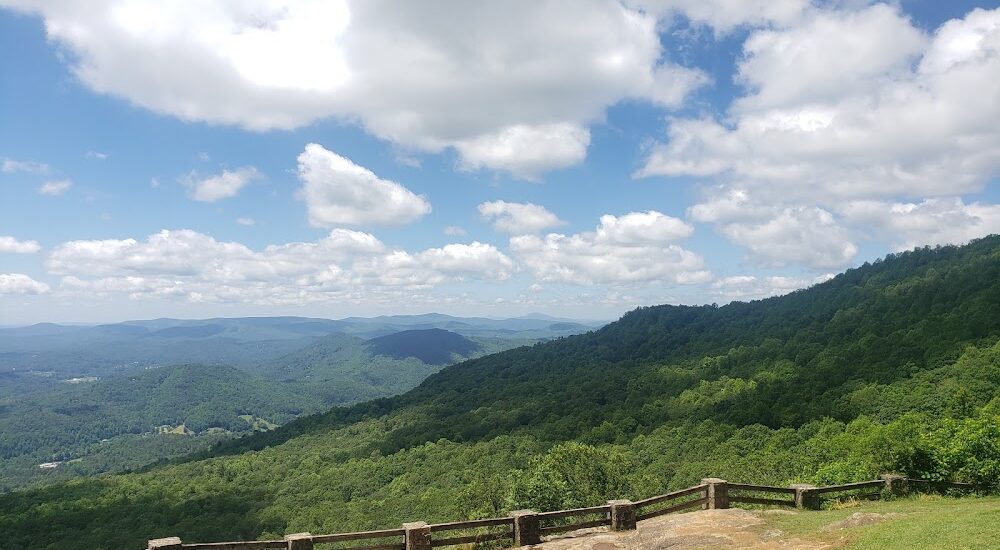Welcome to Black Rock Mountain State Park, the highest state park in Georgia, sitting proudly at an elevation of 3,640 feet in the Blue Ridge Mountains. This park spans over 1,743 acres and offers breathtaking vistas where, on clear days, one can see into four states: Georgia, North Carolina, South Carolina, and Tennessee. The park is named after the dark-colored biotite gneiss cliffs that define its rugged landscape.
The history of Black Rock Mountain State Park is a testament to the vision and perseverance of John V. Arrendale. Born in 1879 in Rabun County, Arrendale was one of the first individuals from the area to receive a college degree. He was a pioneer in agricultural development, introducing new crops like grapes and blueberries and advocating for improved roads and infrastructure. But perhaps his most lasting legacy is the park itself.
In the late 1930s, Arrendale began acquiring land with the dream of creating a public park. His initial 70-acre purchase in 1938 was the cornerstone for what would become Black Rock Mountain State Park. Despite early setbacks, including World War II, Arrendale’s dedication did not waver. His efforts gained momentum in 1951 when Georgia Governor Herman Talmadge visited the site and was captivated by its beauty. The governor’s support was instrumental in paving the way—literally and figuratively—for the park’s official establishment in 1952.
Over the years, the park has expanded and developed, with new land acquisitions and the creation of hiking trails that highlight the area’s natural beauty. Among these is the Tennessee Rock Trail, which offers views extending into the Great Smoky Mountains National Park. The 7.2-mile James E. Edmonds Trail is named after one of the park’s earliest rangers and provides a more rugged experience through the park’s backcountry.
Black Rock Mountain State Park serves as a beacon of conservation and recreation, preserving the natural beauty of Georgia’s highest peaks while providing a haven for hikers, campers, and nature lovers. Its creation and continued evolution reflect a broader historical trend of land conservation and state park development in the United States, particularly during the mid-20th century.
As you explore the park, consider the dedication of those like John V. Arrendale, whose vision for preserving this stunning landscape allows us to enjoy it today.






